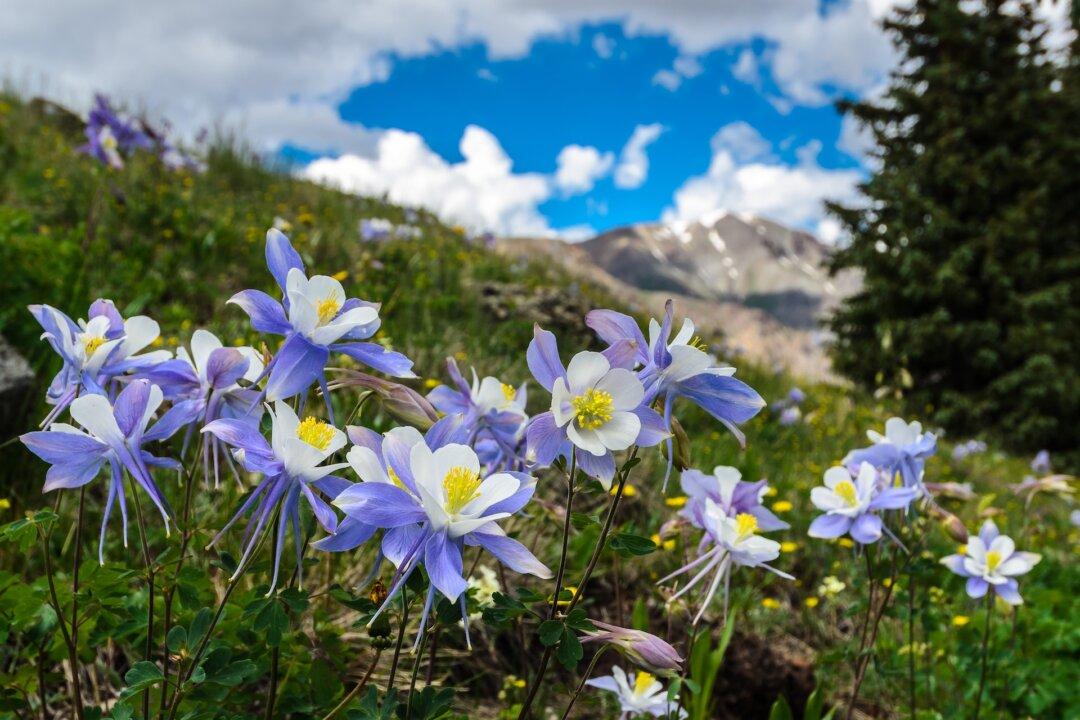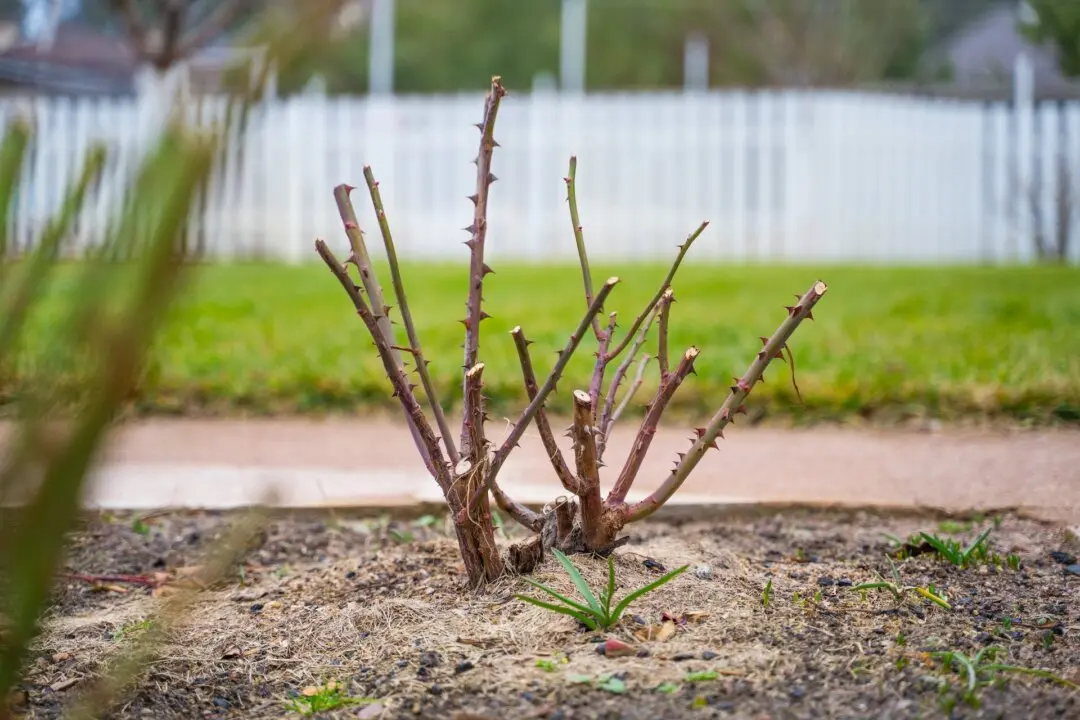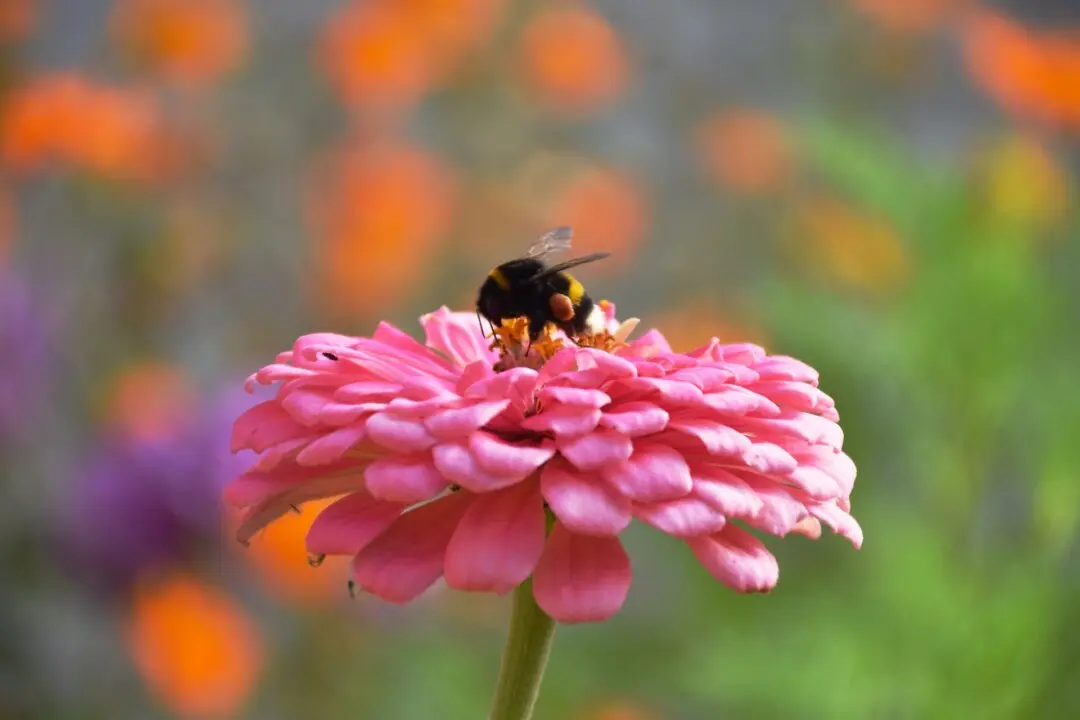Q: A few weeks ago, I bought a columbine plant that had pretty red flowers. The plant tag said that the blooming time was May and June. The flowers lasted only a few days. We aren’t even halfway through the time the tag said they will bloom. Was this short blooming time because I just planted it, because it is a young plant, or because of some other problem?
A: A lot of flowers only last a single day, such as hibiscus, or maybe a few days if the weather is cool. We even name some plants based on this characteristic, such as daylilies. Some flowers last only until they are pollinated, which could be one day or a week.





